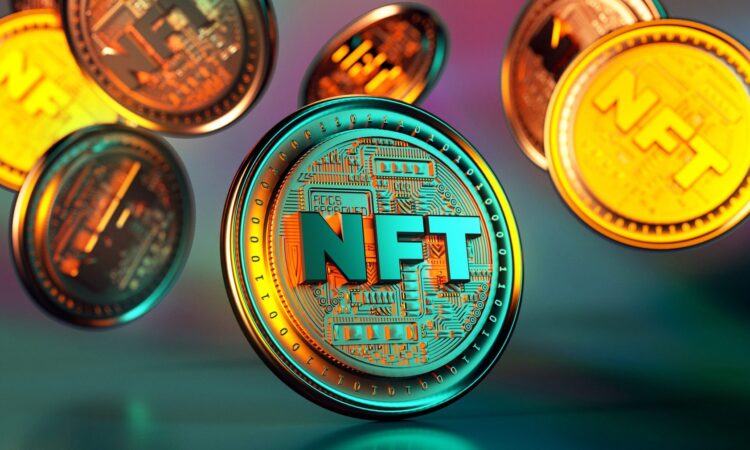
Austin Kimm is a Co-Founder and the Director of Strategy and Investments at the crypto firm Choise.com. A results-proven financial services CEO and business strategist, he has helped to build companies from the ground up with a combined market value of over US$750mn.
He is passionate about cryptocurrency and insurance and he has been instrumental in setting up and managing multiple new insurance ventures including one of Russia’s largest insurance companies. We caught up with him to quiz him on the current state of the cryptocurrency market, and where he thinks it will be headed over the next 12 months.
How do you view the current state of the cryptocurrency market?
Crypto has grown at an incredible rate, and many people have at least heard of crypto, it is still actually quite small on a global level, must smaller than the number of column inches that the press recently dedicated to crypto problems justify.
This is due to these interconnected problems.
Tell us about those. What are they?
There are no champions of crypto outside of crypto When there have been moves from potential non-crypto giants, such as Facebook to launch its own token, Libra, within hours they were having to deal with senate-level hearings. The establishment has too much to lose for things to change too quickly.
That has meant that the leaders in this space are in fact crypto exchanges. Of course, they have been expanding their service offering, but their goal is to get the crypto community to use their exchange rather than somebody else’s exchange. They have no general interest in ‘educating’ the masses about the benefits of crypto, this is left to smaller, less rich companies to pick a small target market.
Secondly, regulation is just not up to speed. Companies fear doing something wrong with very serious implications, and hence they establish themselves in less restrictive countries. FTX’s recent demise highlighted the fact that FTX was located in the Bahamas, and collapsed so spectacularly, whereas FTX USA, a much smaller sister company, had no such problems.
Why was FTX located in the USA? Because they want to grow as fast as they could but this was just not possible out of the USA. Until regulation gets its act together, we will not see the established financial services giants enter this sector, resulting in more FTX-like situations.
How can these challenges be overcome?
It’s really just a matter of time. There is no end to the great ideas and solutions that cryptocurrency and blockchain can solve, but it is naive to think that it will replace the status quo overnight. Only 4 years ago, there was debate whether or not crypto could survive the bear run. Bitcoin’s price fell to below $4,000. Now the debate is more about when the next bull run will commence, and who is best positioned to take advantage of it. Regulators all around the world are putting in frameworks to recognise and work with crypto.
Time is the only thing required as in time, all the problems holding back crypto will be resolved. We just need to let it evolve a little more, rather than forcing it so hard.
Where do you see crypto adoption in 2030?
Seven years in crypto is a very long period of time. Five years ago there was no such thing as a crypto debit card. Banks froze your account if money came from crypto sources. Now it’s a recognised investment strategy to have at least a little crypto in your portfolio.
I am certain that stablecoins will become a form of payment to rival all other electronic forms of payments. I am equally confident that many of the market leaders will come from non-crypto-first companies, such as banks and social media. They have both the financial muscle and user base to turn a very interesting market into a global adoption.






